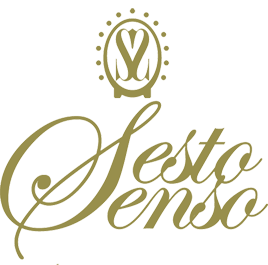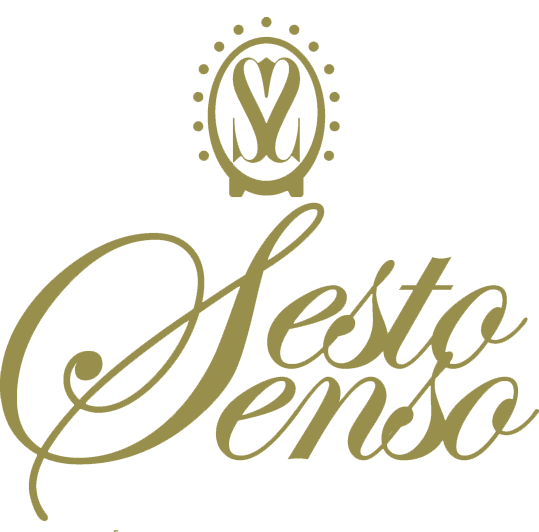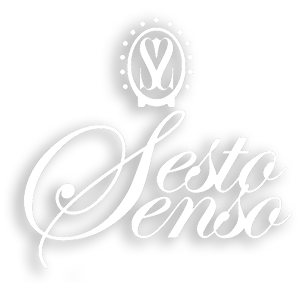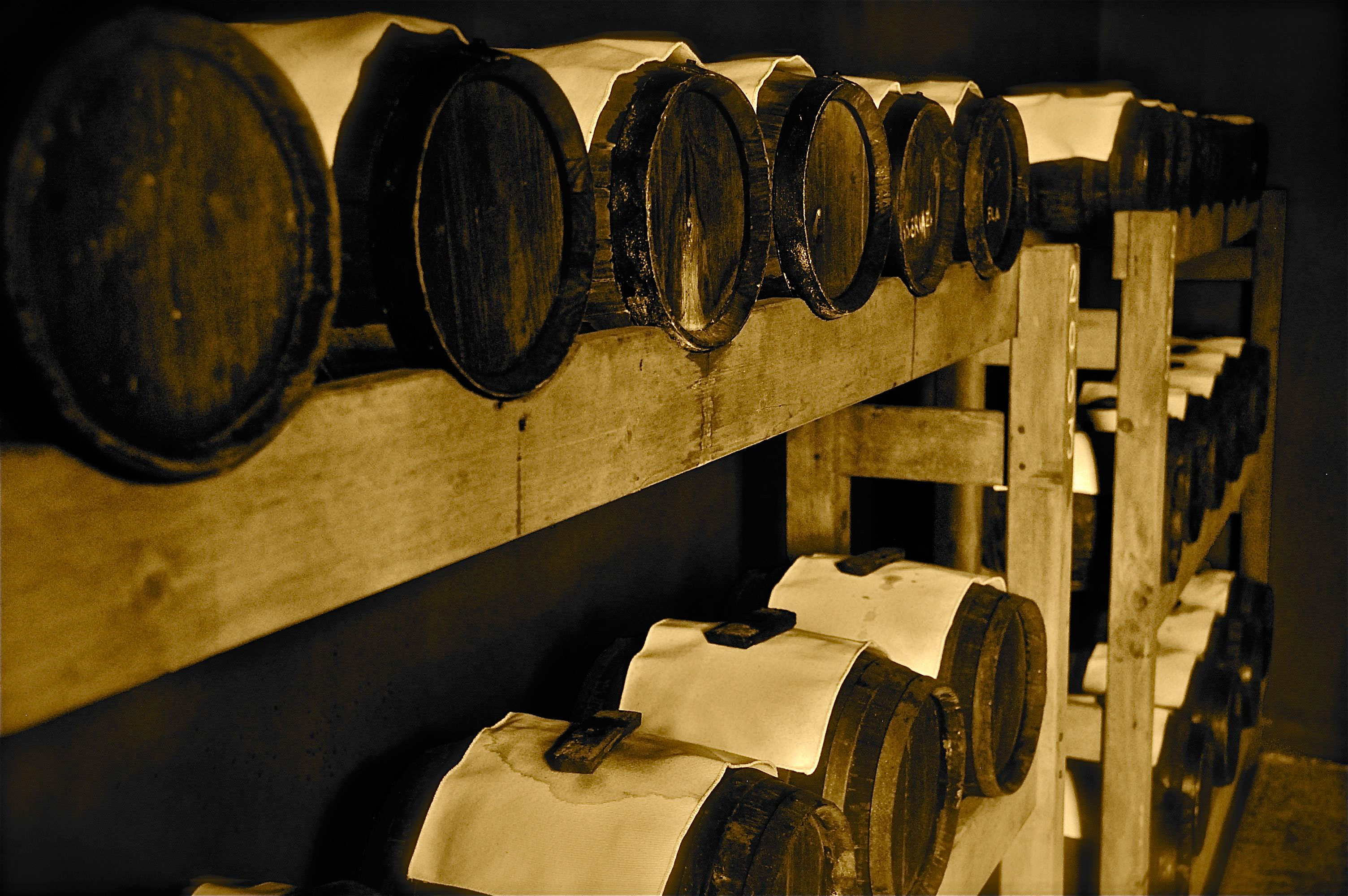A little taste of history..
The first written document comes from a Benedictine monk who lived during the eleventh century, around the year 1046, at the court of the Marquis Boniface of Canossa, Matilde’s father.
During the centuries the production of the balsamic vinegar has gradually improved, becoming famous throughout the world. Historical documents and tradition confirm that the first use of balsamic vinegar was for medical use and later for culinary reasons.
There are several documents that demonstrate the use of vinegar as a remedy for the plague in the Middle Ages, as a tonic for the throat and respiratory diseases, and against scurvy.
The use of balsamic vinegar was also known for its aphrodisiac properties. The legend is that this theory was tested by Isabella Gonzaga and later by Giacomo Casanova because they knew of these ‘magical effects.
The term “balsamic” appears for the first time in 1747, and this term comes from the medicinal properties initially attributed to this particular vinegar.
Until the last century, balsamic vinegar was also given to children during the winter suffering from respiratory and immune diseases, or to aid in digestion and circulation.
Today the Balsamic Vinegar is known and appreciated throughout the world as a condiment for many types of dishes. It has always been an Italian custom to offer balsamic vinegar as a precious gift to special persons.





